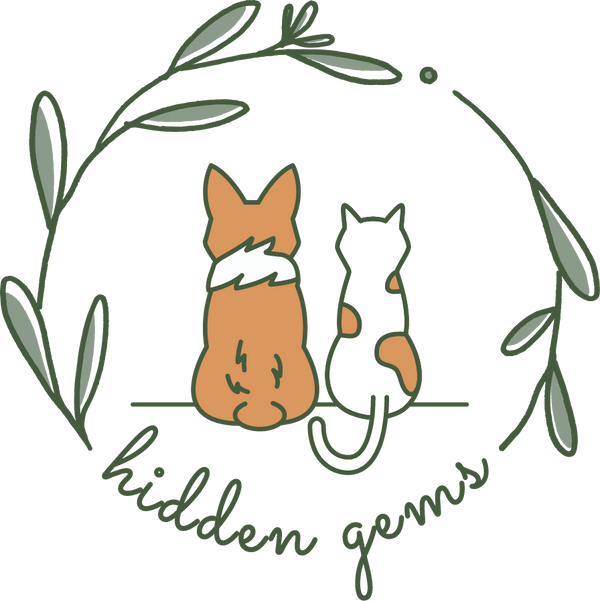
Slow down and enjoy the walk!
Share
What’s the most important thing to most people living in big, busy cities like Hong Kong? It’s all about SPEED! One of the most common phrases uttered by a typical Hongkonger would probably be, “Fai Di La! (Quickly!)”. 💨🏃♀️Such a busy and hectic lifestyle influences dog owners to sometimes unknowingly adopt the “Fai-Di-La'' approach in their daily walks with their dogs as well. Leashes may be subconsciously kept short while continuously urging the dogs, “Fai di la! Come on! No more sniffing here! Let’s go!” and their dogs are probably wondering, “What’s the rush? Why are we in such a hurry? Where are we going?”
Sometimes as dog owners, we should ask ourselves, “Why are we walking our dogs everyday?” Is it for us? Or is it for the dogs?
Needless to say, walks are to satisfy our dogs’ needs. And it’s simple, we walk them to let them explore and relax their minds and bodies. A lot of pawrents might think the main purpose of daily walks is to finish the pee-and-poo business. Yep, that sure is an important task but that’s absolutely not the only reason to walk your furbabies!
An ideal walk should include:
-
Allowing your dogs to sniff around and explore so they can “collect information” from their surroundings.
🐶: “Hey! Who peed here under this tree before me? Is it my friend or is it my frenemy? Oh! Bobby peed here! Let me pee here too to mark my territory!... Whoa, someone spilled some stuff here… hmmm it smells kind of familiar… just like mum and dad’s coffee in the morning!”
In fact, allowing dogs to sniff around helps them develop positive emotions, achieving states of relaxation both physically and mentally. Exploration is a really important part of their daily walks to help satisfy their basic needs. Dog owners should refrain from depriving their dogs of sniffing just because they’re worried that it’s not hygienic or that they’re in a rush. Without the enrichment from exploring their surroundings, it might lead to dogs feeling nervous and unable to relax!
- Keeping the leash in a relaxed and loose state under safe circumstances, allowing your dogs to decide where they want to explore. From a pawrent’s point of view, a walk should be straightforward and start from point A and finish at point B. However, to the dogs, there’s no planned routes for their walks! When they start at point A, they may make several turns and stops, going from here to there, before they finally reach point B, or perhaps not reach it at all! This kind of twisty and unpredictable walks are usually the ones that would satisfy your dogs’ exploration needs the most.
- A slow and relaxed walk for both humans and dogs. Dog owners can try to slow down their pace and keep the mood relaxed and positive. This could also influence our dog’s mental energy and immerse them in a relaxed atmosphere.
- Satisfying the dogs’ social needs. When dogs meet the other dogs, let them enjoy the moment and sniff each other in a nice manner. If they wanna play for a little, let them play! If they don’t seem to like each other, well, bye and see you next time!
When we can have peaceful and relaxing walks daily, we might find that walking our dogs is no longer a stressful task or just a daily routine. Instead, you will realise that walking your dogs is a very enjoyable and sweet moment for us to strengthen the trust and connection with our dogs. In the long run, dogs might become more emotionally stable and may even gradually discontinue unwanted habits such as leash pulling too!
After all, a walk is to satisfy the dogs’ needs, not to satisfy the dog owners!
The above suggestions and tips are from my personal experiences caring for my two lovely rescues. Some are also coming from my consultations with professional positive reinforcement trainers. However, since each dog may have different needs and circumstances, it is strongly advised to consult the vets and professional animal behaviourists first if needed.
